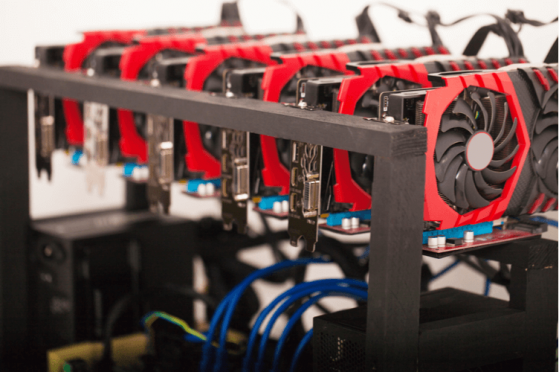Monero (XMR) Set Free From Centralized Bitmain Mining

Monero (XMR) mining has fallen by 20% in the past days, following a hard fork to make the network incompatible with a recently released ASIC, the X3 model. But some believe the Monero network was mined in secret by Bitmain, taking over a significant part of the hashrate.
In essence, such mining would be considered a 51% attack. But in the case of Monero, an appreciating market price and no desire to harm the currency led to problem-free mining. The only unfair thing was the centralization, allowing one entity to receive more block rewards, while raising the difficulty for other miners.
In the coming days, more miners are expected to update, and the exact size of the ASIC mining would become clearer. There are indications that the hash rate keeps declining as of the writing of the article, and it is unknown to what levels it would return.
The possibility that a large-scale entity can easily mine with more than 51% of the network’s power is a concern for almost all crypto coins. While the miner may be in just for the rewards, this is also a way to attack a coin, cause double spending, and destroy the asset’s credibility. The biggest concern is that a government could co-opt a large-scale miner to directly hijack a coin, even Bitcoin, and show that it is not a reliable store of value anymore, because of the attack.
The Monero market price remains relatively unaffected by the news, falling mostly on the general market trend. XMR hovers around $171.81, with little weekly change. Even the contentious hard fork, MoneroV, coming at the end of the week, will not affect XMR, for now.
Some believe the MoneroV fork is one especially designed to be suitable to the new miners. At the moment, only assets like Bytecoin (BCN) and Electroneum (ETN) are suitable for CryptoNote ASIC machines. However, those are niche assets with none of the liquidity and popularity of Monero.
Coins mentioned in post: